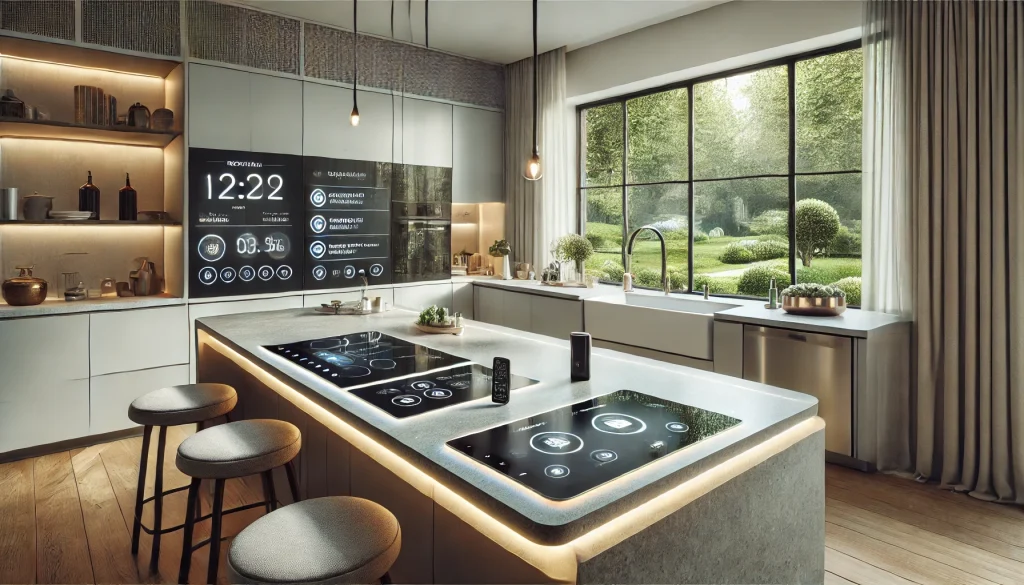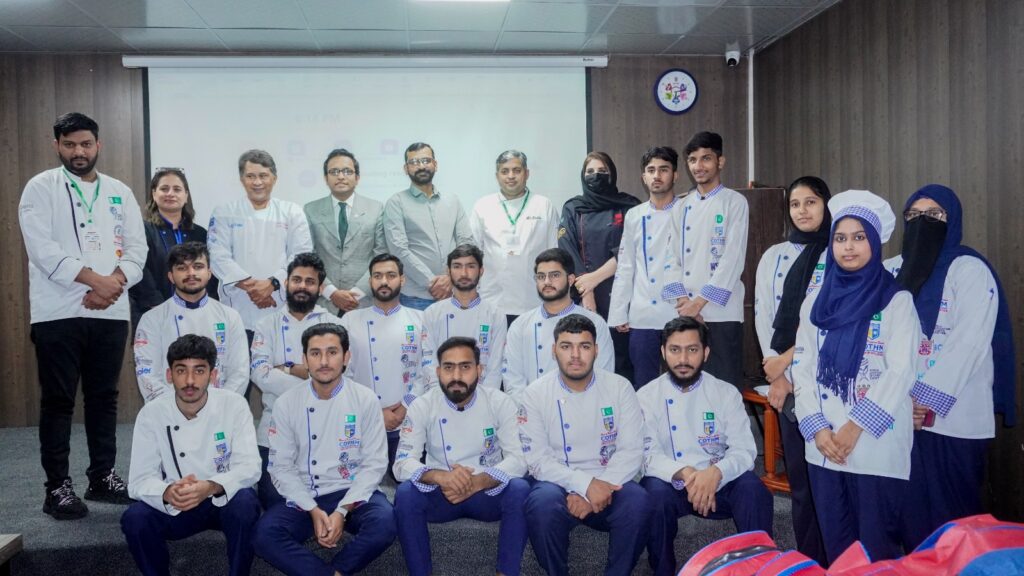Callum Tyndall
The kitchen of the future will be a connected, multi-functional space that is radically different to the separate room of old, according a report released by the Silestone Institute.
Entitled ‘Global Kitchen: the home kitchen in the era of globalisation’, the report draws on knowledge from 17 distinguished experts from the worlds of design, cooking, domestic technology, sociology, nutrition and sustainability, as well as surveying over 800 kitchen studios across the world, to provide a view of what the kitchen of the future is likely to look like.
“Global Kitchen is an international project providing valuable insights into the kitchen of the future and aims to become an essential reference tool for professionals and consumers,” explained Santiago Alfonso, marketing vice president for the Cosentino Group, which the Silestone Institute is part of. “It creates the opportunity for multidisciplinary reflection to analyse the effect of globalisation on kitchen architecture and design, to determine how this space will develop over the next 25 years.”
Among the items the report predicts will be in the kitchens of the future are hydroponic crops to provide food with the shortest possible distance from ‘farm’ to plate; 3D food printers that would allow users to download and ‘print’ recipes; adjustable-height worktops embedded with digital surfaces and smart fridges complete with the ever-predicted smart screens.
Perhaps one of the primary insights drawn from the report is the changing role that the kitchen will play in the home. Rather than being an independent space used almost solely for cooking, it is expected that the kitchen will develop into a multi-functional space in all countries.
The kitchen as an independent room is predicted to disappear and considerations of emotional value will begin to be incorporated into the design as it further develops as a space for relaxing. Of the 842 kitchen professionals surveyed, 87% said that the kitchen would become more relevant as an activity and meeting place in the house.
Enabling this shifting role will largely rely on the development of the kitchen as a ‘smart’ room; hyper-connected and technologically advanced. In order to cement its new position as the centre of the home, the kitchen will begin to take connectivity and smart appliances into account with “mobile and wearable devices, and will not only make shopping and laundry easier, but ensure endless access to information from the Internet of Things.”
Smart appliances are likely to also make their presence felt, with worktops able to cook, make calls, broadcast TV and provide access to the Internet. And in case you wanted to cut down on the amount of shelf space being taken up by cooking books, these smart worktops may contain databases of recipes where chefs can guide you through the process.
Appliances are also likely to become more environmentally friendly, coming to rely on sustainable energy. According to the report, they are likely to be solar powered and will “be aligned with ‘Multi- R’ thinking – Rethink, Redesign, Repair, Reuse, Remanufacture, Recover.”
And speaking of light, Silestone predicts that your kitchen will be illuminated by smart lighting that varies according to the time of day, mood or even (somehow) the type of food being cooked.
Largely, the report is perhaps not all that surprising in its findings. Kitchens, and the appliances within them, have been getting smarter for a while so the next stages raised in the report seem like logical steps. It is maybe more relevant to consider the changing role of the kitchen in the home, and what this could mean for homes more broadly.










